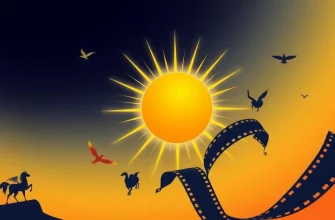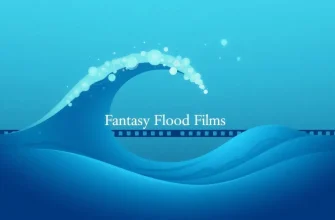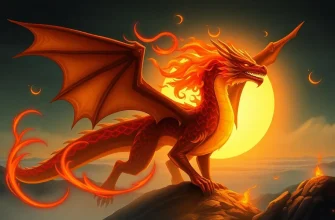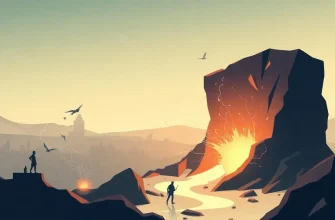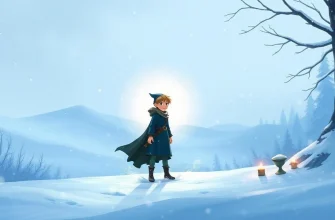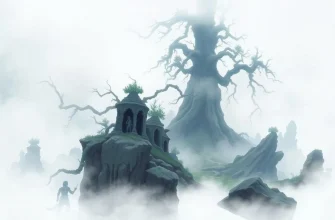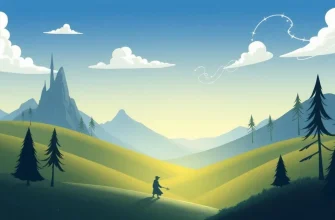- The Dark Crystal (1982)
- The Last Unicorn (1982)
- The Secret of NIMH (1982)
- FernGully: The Last Rainforest (1992)
- The Lord of the Rings: The Two Towers (2002)
- The Chronicles of Narnia: The Lion, the Witch and the Wardrobe (2005)
- Avatar (2009)
- Princess Mononoke (1997)
- The Princess of the Magical Tears (2013)
- The Green Planet (2012)
Dive into the enchanting realms of fantasy cinema where ecosystems are not just backdrops but integral parts of the narrative. These films showcase the beauty, fragility, and sometimes the peril of fantastical environments, offering viewers a chance to appreciate the intricate balance of nature through a lens of magic and wonder. Whether it's the lush forests of Pandora or the mystical landscapes of Middle-earth, these movies will transport you to worlds where nature's laws are bent, but its essence remains profound.
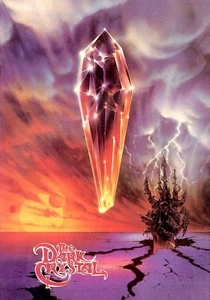
The Dark Crystal (1982)
Description: This film introduces us to the world of Thra, where the balance of nature is threatened by the Skeksis. The story follows Jen, a Gelfling, on his quest to restore the Crystal of Truth, which is central to the planet's ecosystem.
Fact: The Dark Crystal was one of the first films to use extensive puppetry and animatronics, with almost no CGI, making it a pioneering work in fantasy cinema.
 Watch Now
Watch Now 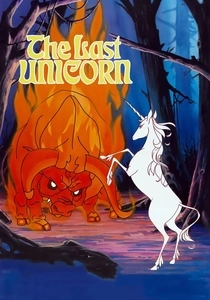
The Last Unicorn (1982)
Description: This film follows the journey of the last unicorn in search of her kind, through various ecosystems, highlighting the themes of loss, preservation, and the magic inherent in nature.
Fact: The film features a memorable score by Jimmy Webb, including the song "The Last Unicorn" performed by America.
 Watch Now
Watch Now 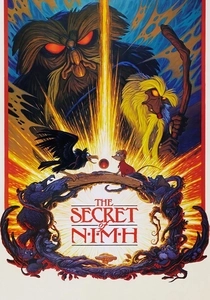
The Secret of NIMH (1982)
Description: Set in a world where animals are affected by human scientific experiments, this film explores themes of survival and the impact of human intervention on natural ecosystems, particularly through the story of Mrs. Brisby and her family.
Fact: The film was one of the first animated features to be made outside of the Disney studio system, showcasing the potential for independent animation.
 Watch Now
Watch Now 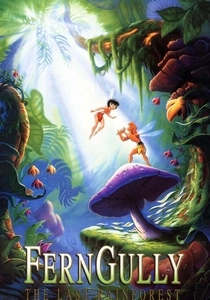
FernGully: The Last Rainforest (1992)
Description: This animated film focuses on the rainforest ecosystem, where fairies and other creatures live. It tells the story of a young fairy who must stop a logging operation from destroying their home, emphasizing the importance of preserving natural habitats.
Fact: Robin Williams voiced the character of Batty Koda, an eccentric bat, bringing humor and depth to the film's environmental message.
 Watch Now
Watch Now 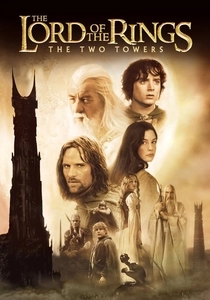
The Lord of the Rings: The Two Towers (2002)
Description: Middle-earth's ecosystems are vividly portrayed, from the lush forests of Fangorn to the desolate plains of Rohan. The Ents, ancient tree-like beings, play a crucial role in defending their natural habitat against Saruman's industrialization.
Fact: The film features the largest set ever built for a movie, the city of Helm's Deep, which took over a year to construct.
 Watch Now
Watch Now 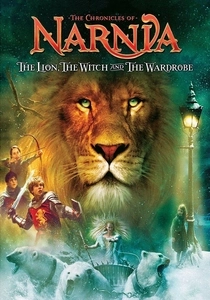
The Chronicles of Narnia: The Lion, the Witch and the Wardrobe (2005)
Description: Narnia's ecosystem, with its talking animals, mythical creatures, and enchanted forests, provides a backdrop for the epic battle between good and evil, emphasizing the importance of nature's balance.
Fact: The film was shot in New Zealand, which provided a natural setting that closely resembled the magical landscapes of Narnia.
 Watch Now
Watch Now Avatar (2009)
Description: Set on the lush alien world of Pandora, Avatar explores the delicate balance of its ecosystem, where the Na'vi people live in harmony with nature. The film's narrative revolves around the exploitation of Pandora's resources, highlighting the consequences of disrupting a natural ecosystem.
Fact: Avatar was the first film ever to be released in 3D technology on such a large scale, and it remains one of the highest-grossing films of all time.
 Watch Now
Watch Now 
Princess Mononoke (1997)
Description: In this Studio Ghibli masterpiece, the forest spirits and the industrial ambitions of humans clash, illustrating the struggle between nature and progress. The film delves deep into themes of ecological balance and the consequences of human interference.
Fact: Princess Mononoke was the first animated film ever to win the Japan Academy Prize for Picture of the Year.
 30 Days Free
30 Days Free 
The Princess of the Magical Tears (2013)
Description: This lesser-known Russian animated film tells the story of a princess who must save her kingdom's ecosystem from a drought, using her magical tears to restore balance.
Fact: The film combines traditional animation with CGI, creating a unique visual style that reflects the blend of magic and nature.
 30 Days Free
30 Days Free 
The Green Planet (2012)
Description: Although not strictly a fantasy film, this documentary series explores the ecosystems of Earth in a way that feels magical, showcasing the intricate relationships within plant life, which can be seen as a form of fantasy in its own right.
Fact: The series was narrated by Sir David Attenborough, whose voice adds a layer of wonder to the exploration of plant ecosystems.
 30 Days Free
30 Days Free 

